High School Students Realized NASA’s DART Mission Changed the Trajectory of an Asteroid
When NASA deployed the first-ever Double Asteroid Redirection Test (DART) craft last year to crash directly into an asteroid, it seemed to go perfectly.
NASA wanted to find out if they could move an asteroid in case one was ever coming toward Earth, but while NASA claimed they only changed the orbit of the asteroid by 33 minutes, high school students in California studying the same asteroid say it moved a whole lot more.
NASA’s DART Mission Explained
On September 25, 2022, NASA launched a $300 million spacecraft directly into an asteroid. The mission, known as the Double Asteroid Redirection Test (DART), planned for the craft to hit the asteroid at a speed of 14,000 miles per hour.
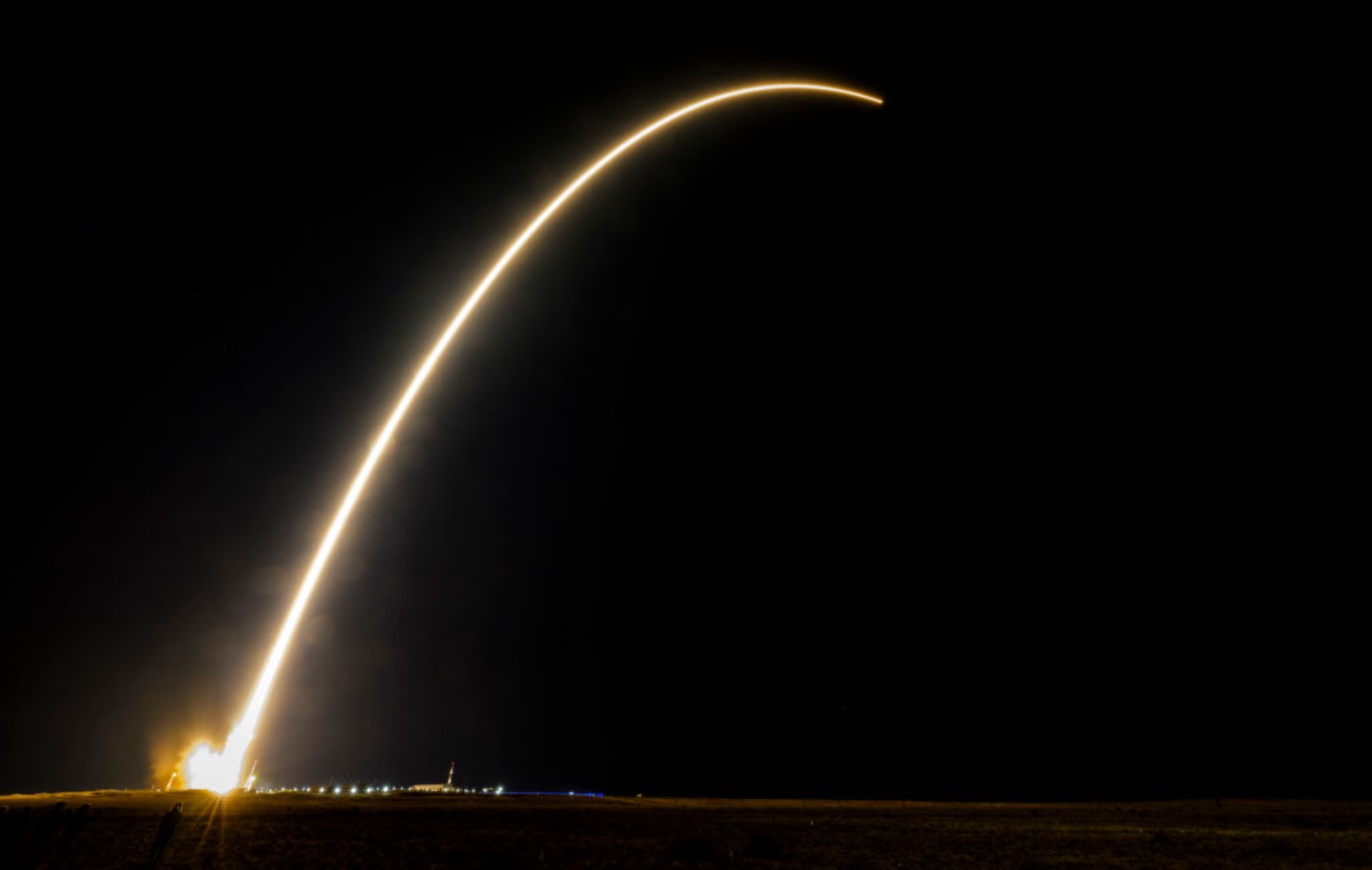
Source: Bill Ingalls/NASA/Getty Images
Essentially, NASA wanted to know if they could hit an asteroid just in case in the future, one is headed directly for Earth, and they need to do so to protect the planet.
NASA’s Target: Dimorphos
The specific asteroid they were aiming for is called Dimorphos, which orbits a larger asteroid known as Didymos, neither of which pose any threat to planet Earth.
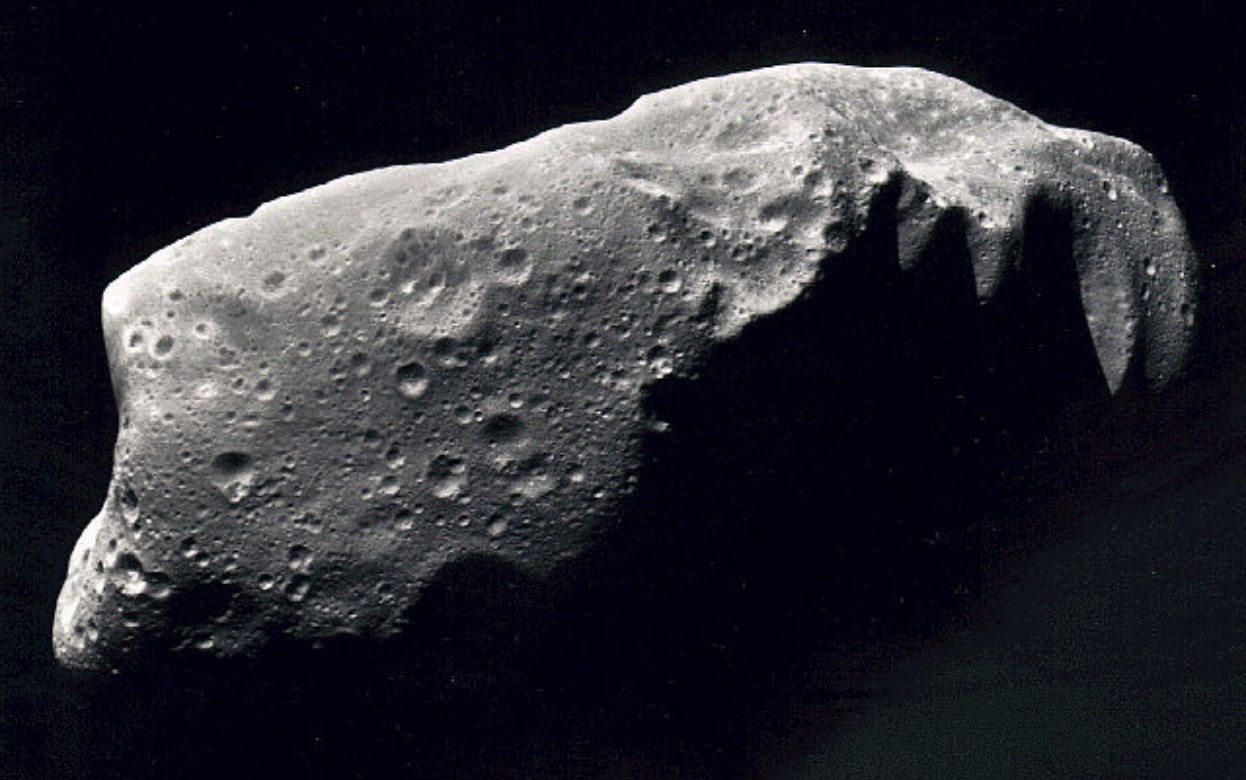
Source: CORBIS/Getty Images
These asteroids currently sit about 68 million miles away from Earth, and they were chosen for the DART mission specifically because they’re far enough away not to be dangerous, but close enough for observation.
Why Moving Asteroids Is Harder Than Moving Rocks
It’s important to understand that although asteroids are often called space rocks, they’re actually quite different from rocks on Earth.
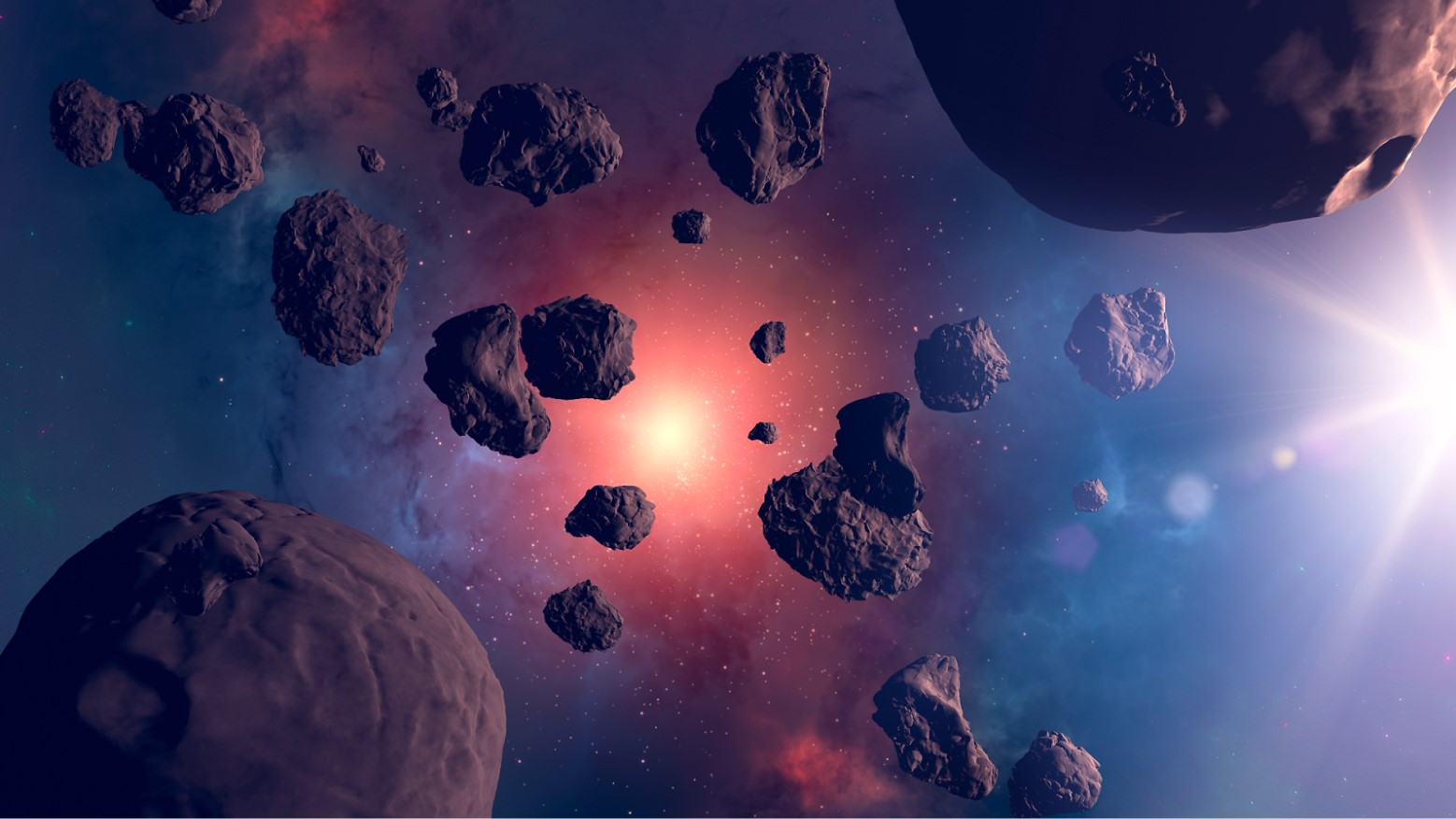
Source: Bharat Express
Peter Veres, an astronomer at the Center for Astrophysics at Harvard & Smithsonian, explained,
“If an asteroid were constructed as a monolithic rock, similar to the rocks we find on the ground, the deflection and calculations would be straightforward. Instead, we already knew from ground-based observations and several space missions that asteroids are often rubble piles—loosely aggregated spheres of large and small boulders, dust and sometimes ice, with numerous empty spaces.”
NASA’s Original Data After the Crash
NASA’s DART mission was considered an absolute success; the spacecraft hit Dimorphos exactly as it was supposed to. And according to NASA’s original data, the asteroid did move slightly.
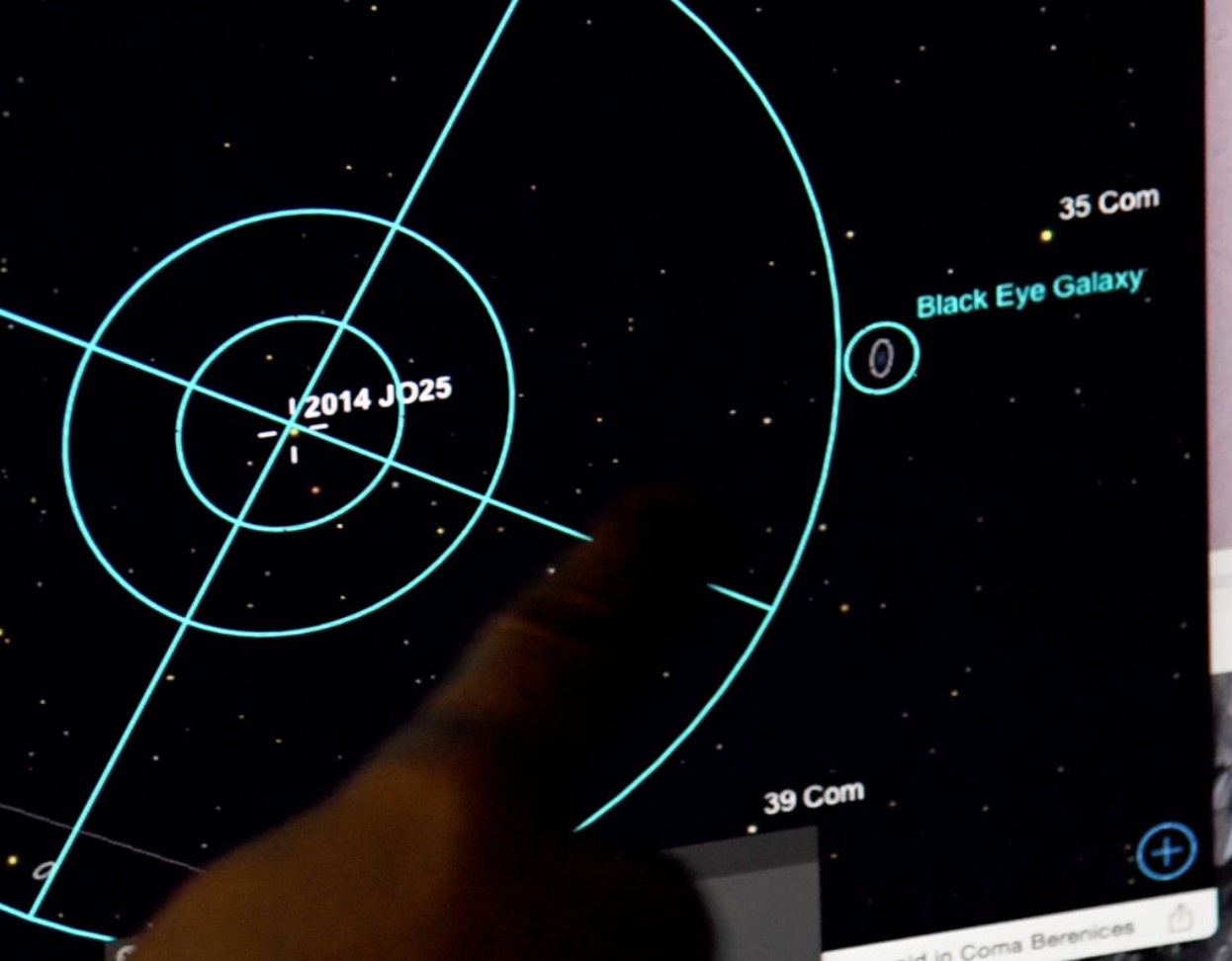
Source: Getty Images
The astrophysicists at NASA established that Dimorphos, which orbits a larger asteroid called Didymos, took 33 minutes less to circle Didymos than it did before the crash, essentially exactly what they wanted to happen.
High School Students Found NASA’s DART Mission Moved the Asteroid More Than They Claimed
However, a group of high school students in California who have been studying the asteroid with their teacher claim that the asteroid is now moving a full minute slower than NASA reported, meaning it now takes 34 minutes to orbit Didymos.

Source: Tobertus Pudyanto/Getty Images
Their teacher, Jonathan Swift, told the press, “That was inconsistent at an uncomfortable level. We tried our best to find the crack in what we had done, but we couldn’t find anything.”
Why Has Dimorphos’ Orbit Changed Since the Initial Crash?
It seems Swift and his students have it right, and Dimorphos’ orbit has changed in the year since the intended crash, but NASA claims that they’re not worried; in fact, this was to be expected.
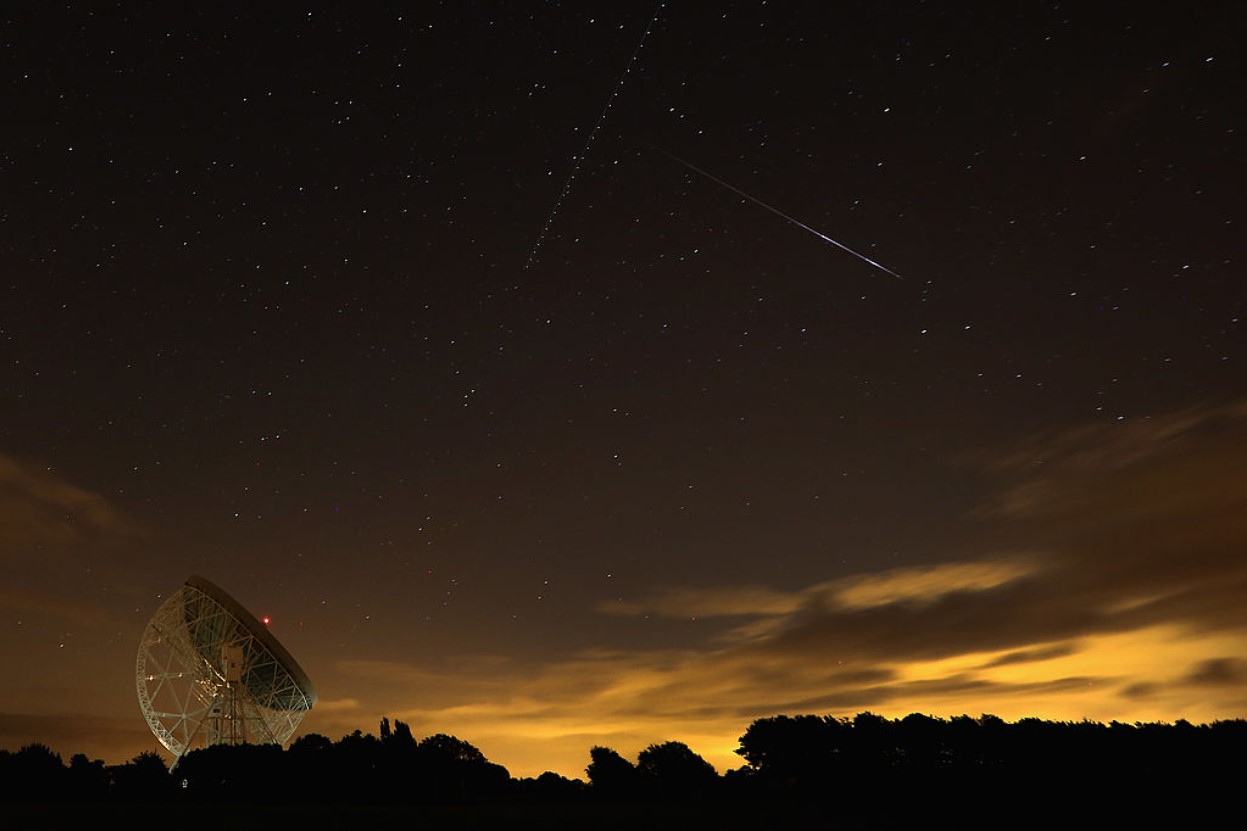
Source: Christopher Furlong/Getty Images
Because asteroids are made up of loose pebbles and ice, scientists believe that the most likely cause for the time difference is that some material displaced during the crash orbited the asteroid for the time being before connecting once again, and therefore, changing the orbit time due to the increased weight.
The Dimorphos Crash Caused More Damage Than NASA Planned
One of the most interesting findings after the DART crash was that Dimorphos had two tails of debris instead of one. NASA called this an “unexpected development,” as the second tail appeared about a week after the initial impact.
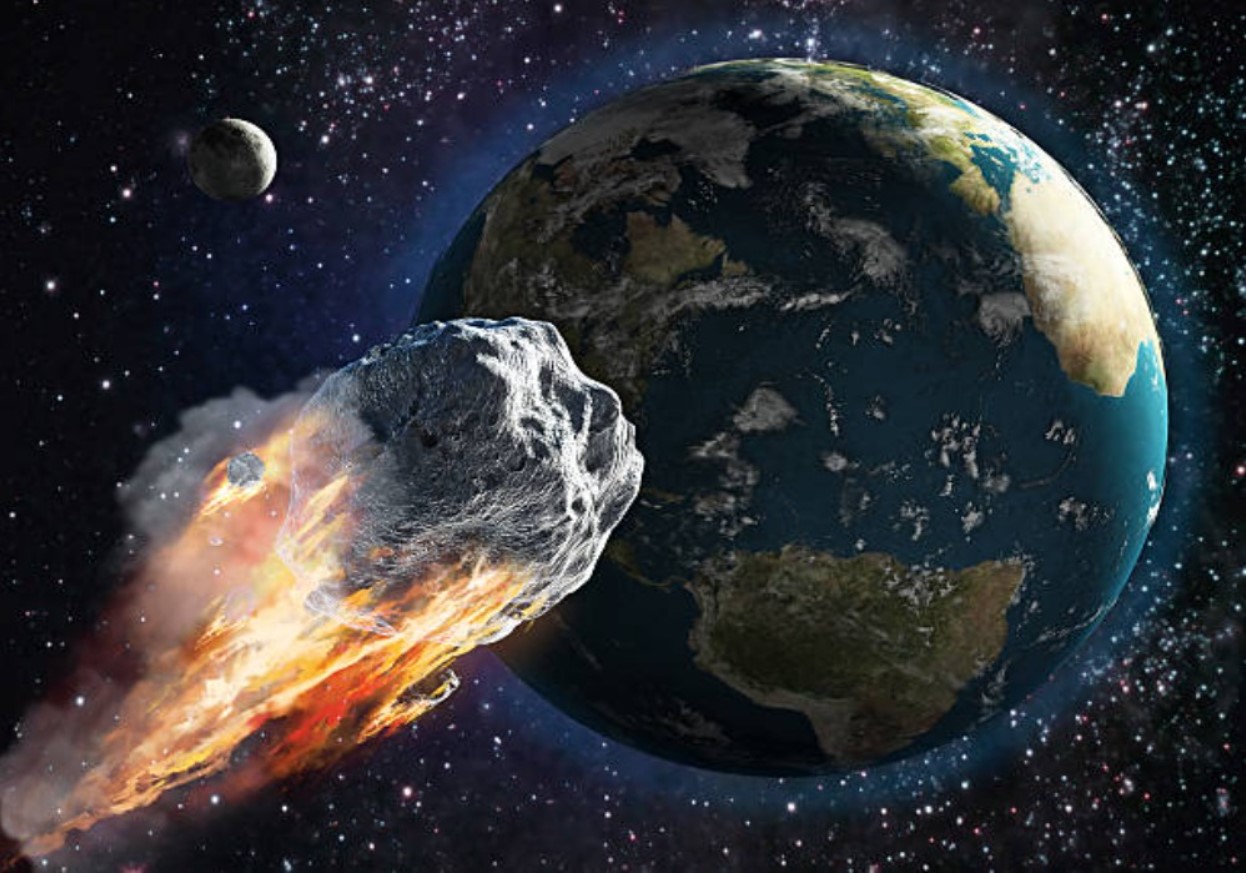
Source: iStock
They also found that the asteroid is now surrounded by several new boulders that weren’t there before. In total, they noted 37 boulders anywhere from 3 to 22 feet across within the cloud of debris. However, NASA claims that while the new debris is unexpected, it’s not problematic; in fact, it’s going to be very helpful in understanding how asteroids function.
NASA Is Carefully Watching All Near-Earth Asteroids
NASA’s attention to near-Earth asteroids is ongoing. The program has currently located more than 32,000 asteroids within 30 million miles of planet Earth, and they estimate that there could be hundreds of thousands more.
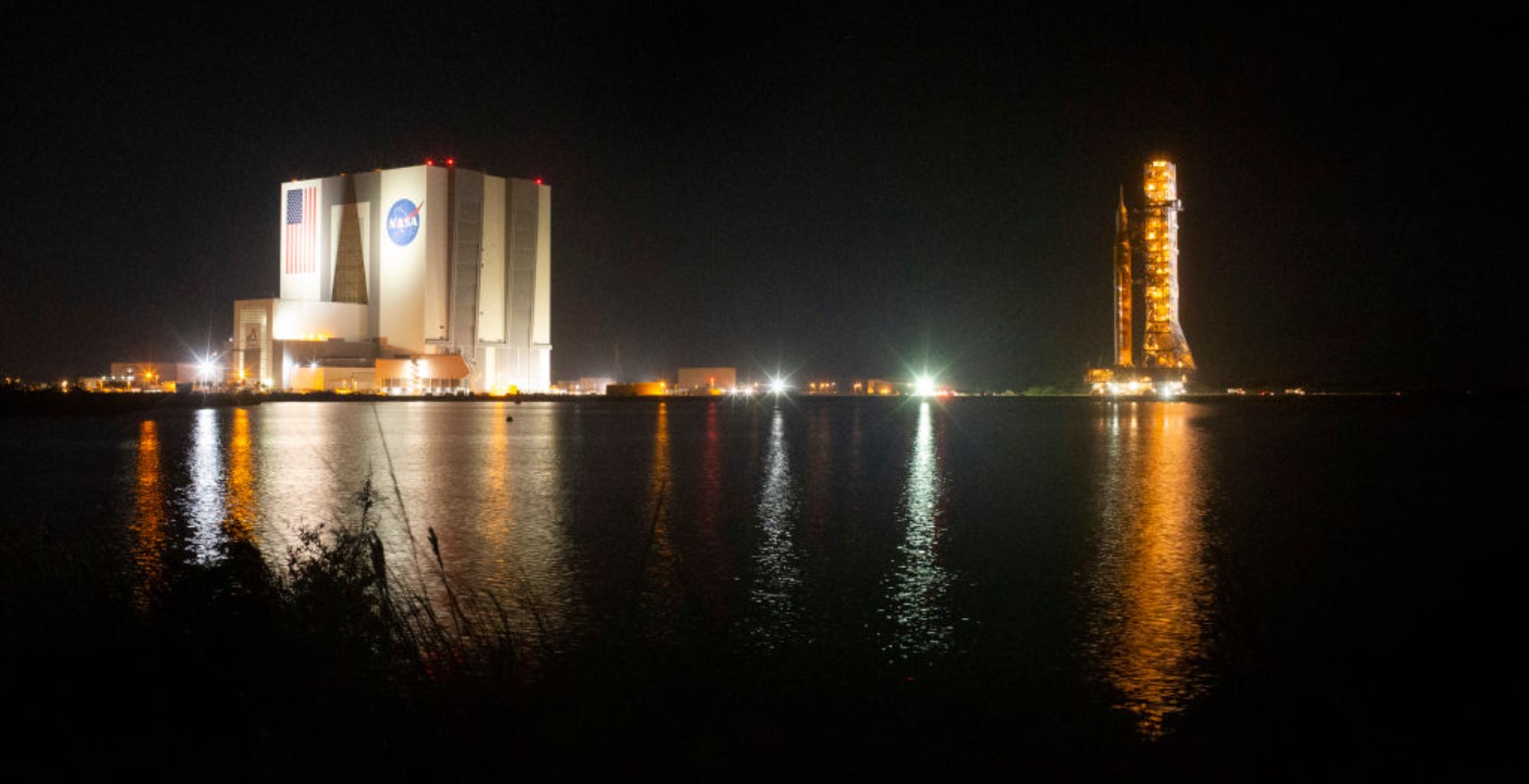
Source: Joel Kowsky/NASA/Getty Images
Though none of these asteroids currently pose a threat to the planet, NASA is watching them closely. While, of course, one major reason for asteroid study is to ensure one isn’t heading toward us, NASA also wants to understand these flying space rocks for another reason.
One Asteroid Is on its Way to Earth
Asteroids are incredibly interesting aspects of our solar system, as they could contain natural resources such as precious metals or water. Scientists at NASA are desperate to study these phenomena, as they believe it will help them better understand our solar system as a whole.

Source: NASA/Newsmakers/Getty Images
Luckily, one asteroid is headed straight to Earth, but safely with NASA’s OSIRIS-REx spacecraft. The asteroid sample could teach scientists a great deal about how planets are formed and where the organic material on our planets comes from.
Asteroid Study Can Change the Way We Understand Our World
Understanding our solar system and the universe at large has piqued the curiosity of human beings for centuries. Long before space travel was possible, people made telescopes, tracked the stars, and watched intently as strange lights flashed across the sky.
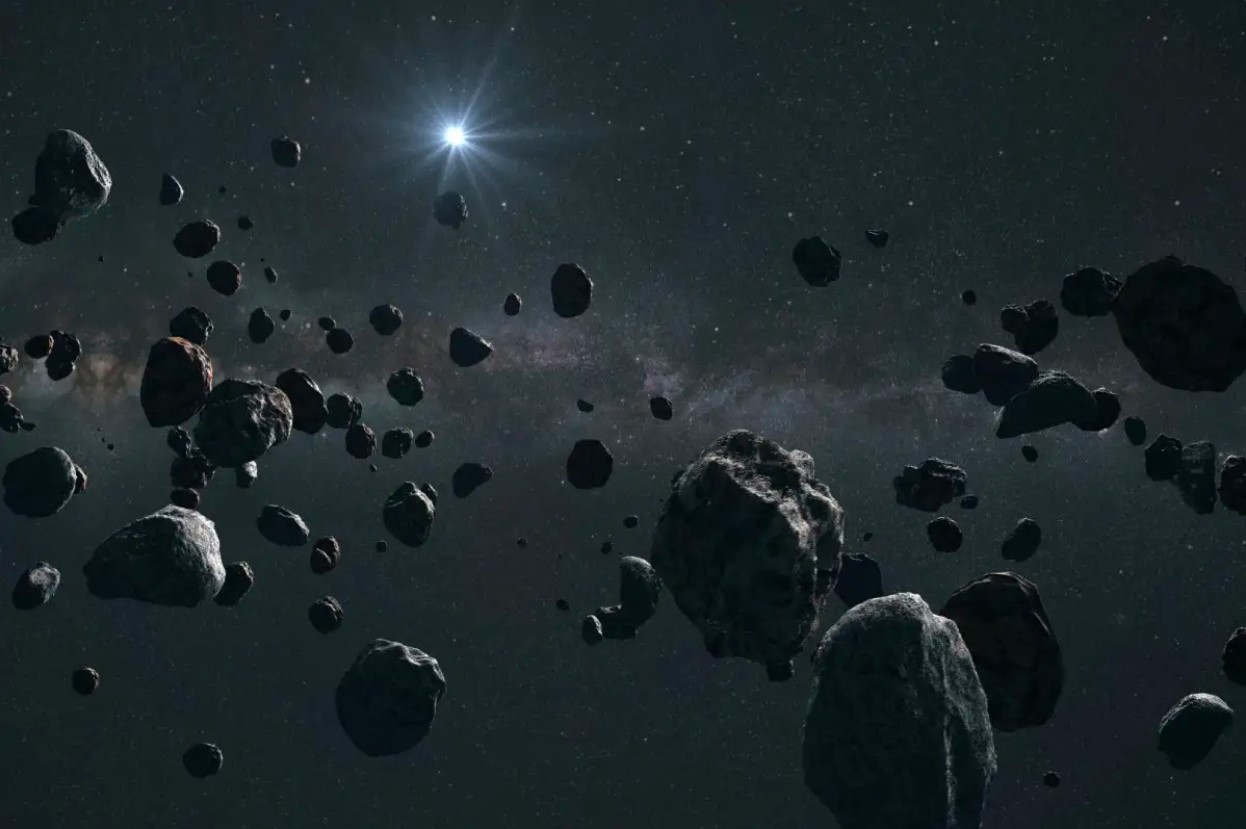
Source: New Scientist
And since technology has developed and scientists can now understand the exact movements of asteroids and even what’s inside them, studying these rocks has become extremely important as they can teach us about our solar system in ways our ancestors never could have imagined.
New Information Isn’t Cause for Concern, But it Is Important to Understand
What the high school students in California found is interesting but not alarming. The best minds at NASA are still studying Dimorphos and its changing orbit and will continue to do so over the coming years.
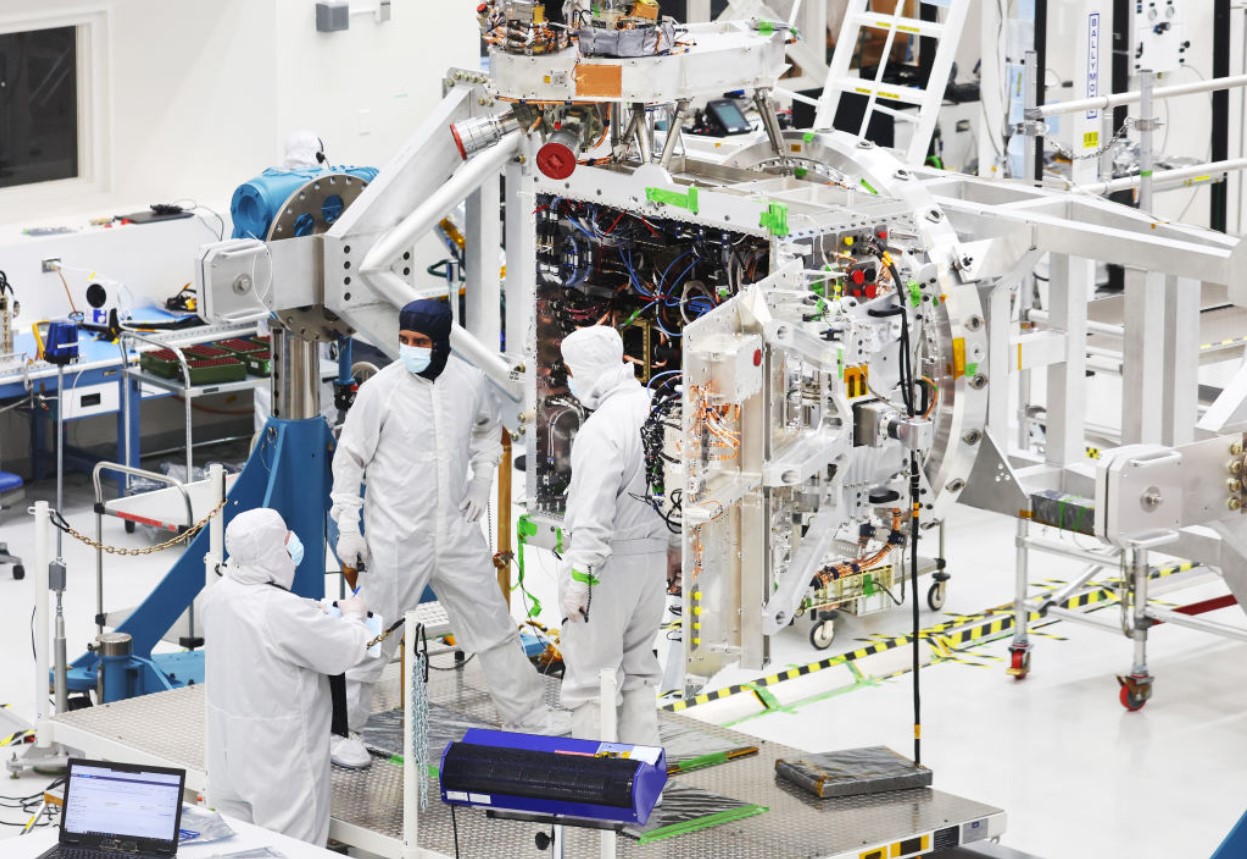
Source: Mario Tama/Getty Images
And what they find will certainly be vital in understanding whether or not crashing into asteroids will be a useful tool for diverting potentially threatening asteroids in the future.
